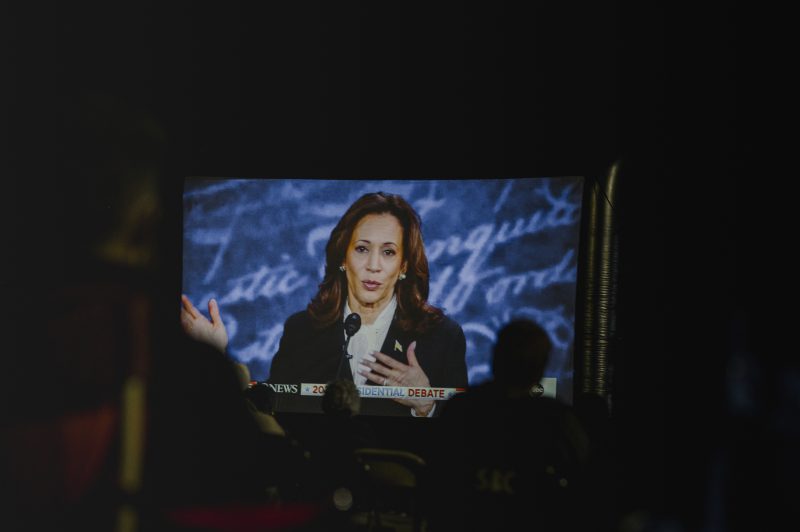Things have been looking up for Vice President Kamala Harris and her campaign for a while now — to the point that even Donald Trump’s former surefire issues of immigration, the economy and inflation aren’t looking quite so decisive.
But if Democrats are wondering why she hasn’t taken a more consistent lead in the polls, they might want to take a look at two specific findings in Monday’s New York Times-Siena College polls of three Sun Belt states.
The polls showed voters across Arizona, Georgia and North Carolina said by 11 points (45 percent to 34 percent) that Trump’s policies helped people like them. But those same voters wagered by a five-point margin (42-37) that Harris’s policies would hurt them.
The polls, which showed Trump holding small leads in those states, spotlight an emerging and important trend in the 2024 race.
That trend: Voters tend to like Harris more than Trump, think she understands and cares about them more than Trump, and they even express confidence in her to handle issues. (Harris has closed the gaps when it comes to which candidate voters trust on those issues and even erased the gap in some polls of the economy.)
But when it comes to what it would mean for them personally, Trump often gets the edge.
The first major poll to show Harris drawing even with Trump on economic trust came last month, from the Financial Times and the University of Michigan’s Ross School of Business. But even that poll showed more voters thought Trump would leave them better off financially (42 percent) than Harris (33 percent).
A CNBC poll around the same time asked voters to choose which candidate would leave them better off financially, and about twice as many picked Trump (40 percent) as Harris (21 percent).
YouGov polling has repeatedly shown much the same thing — and that even Democrats aren’t completely sold that Harris would be good for their pocketbooks.
An early-August CBS News-YouGov poll showed 45 percent of voters said Trump would leave them financially better off, while only 25 percent said the same of Harris. Only 53 percent of Democrats thought they’d be better off under Harris.
Ditto a later CBS-YouGov poll that showed voters said by 26 points that food and grocery prices would go up rather than down under Harris (48-22) but that they would go down rather than up under Trump (42-37). Eight in 10 Republicans thought Trump would bring prices down, compared to less than half of Democrats who said the same of Harris.
The latter poll showed a similar dynamic on immigration, where Harris has closed the gap from when President Joe Biden was in the race but still trails Trump. While only 21 percent thought Harris’s policies would decrease border crossings, 72 percent said the same of Trump’s policies. (Almost half thought Harris’s policies would actually increase crossings.)
To voters for whom cracking down on illegal border crossings is a top priority, of course, it’s never really been a choice. The economy is a more multifaceted issue that is less self-evidently a bad one for Harris, particularly as inflation has faded and other indicators have moved in the right direction for the Biden administration.
That gives Harris more of a fighting chance on that issue. And she’s seemingly taken advantage, judging by her closing the gap on which candidate would do a better job. She’s also widened Biden’s advantage on abortion, democracy and other issues that could counteract any liabilities the Democratic ticket might have.
But it’s difficult to think of a more directly personal issue for more people than the question of how a candidate is going to affect their personal finances. And the Times-Siena poll suggests it’s not only the economy; more voters generally think Trump’s policies writ large would be better for them than Harris’s — by an even wider margin than he led in the head-to-head matchups.
If Harris can’t close that gap, you can begin to see how voters might overlook whatever other reservations they have about Trump.

